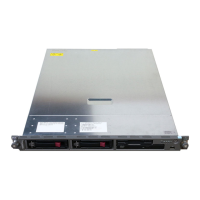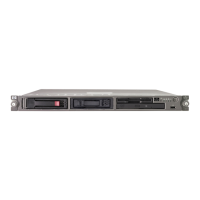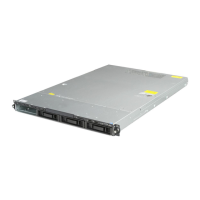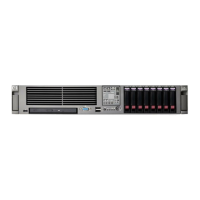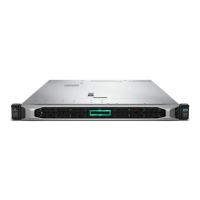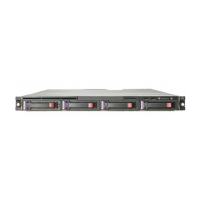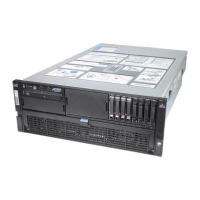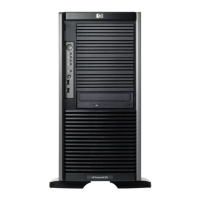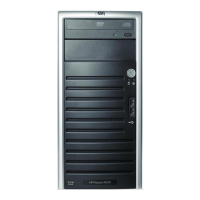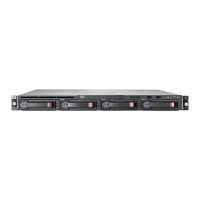
Do you have a question about the HP ProLiant DL320 Generation 5 and is the answer not in the manual?
Identifies and describes the front panel components of the server, including buttons and bays.
Details rear panel components, expansion slot definitions, and LEDs for connectivity and status.
Identifies system board components and explains the function of system board LEDs.
Explains combinations of system and internal health LEDs for status indication.
Step-by-step instructions for powering the server up and down safely.
Procedures for extending, removing, and installing the server into a rack.
Steps to remove the access panel for internal maintenance.
Procedures for removing and installing PCI riser and fan assemblies.
Details environmental, space, and airflow requirements for optimal server operation.
Guidelines for electrical power, grounding, and safety during installation.
Steps for physically installing the server into a rack.
Procedures for powering up, initial configuration, and OS installation.
Information on installing memory modules and hard drive options.
Procedures for removing and installing hard drives and optical/diskette drives.
Instructions for installing expansion boards, PCI riser options, and storage controllers.
Procedure for installing the battery-backed write cache battery option.
Guidelines for server and hardware option cabling and routing.
Routing instructions for SATA, SAS, video, and battery-backed cache cables.
Overview of utilities like SmartStart and RBSU for server configuration.
Tools for managing server health, firmware, and performing diagnostics.
Methods for updating drivers, firmware, and system software.
Resources and steps for diagnosing server problems using flowcharts and information.
Essential safety precautions and server preparation before troubleshooting.
Collecting symptom information and checking for loose connections.
Interpreting POST error messages and beep codes for troubleshooting.
Critical warnings regarding the safe handling and replacement of the internal battery.
Step-by-step instructions for removing and replacing the system battery.
Notices regarding FCC and Canadian interference regulations for the equipment.
EU directives, conformity marking, and laser safety compliance information.
Battery replacement notices and Taiwan battery recycling requirements.
Methods to prevent static discharge damage and proper grounding techniques.
Details environmental operating ranges and physical dimensions/weight.
Information on power requirements, output, and acoustic noise levels.
How to contact HP for technical support and find related documents.
Overview of HP's program for customer replacement of parts.
